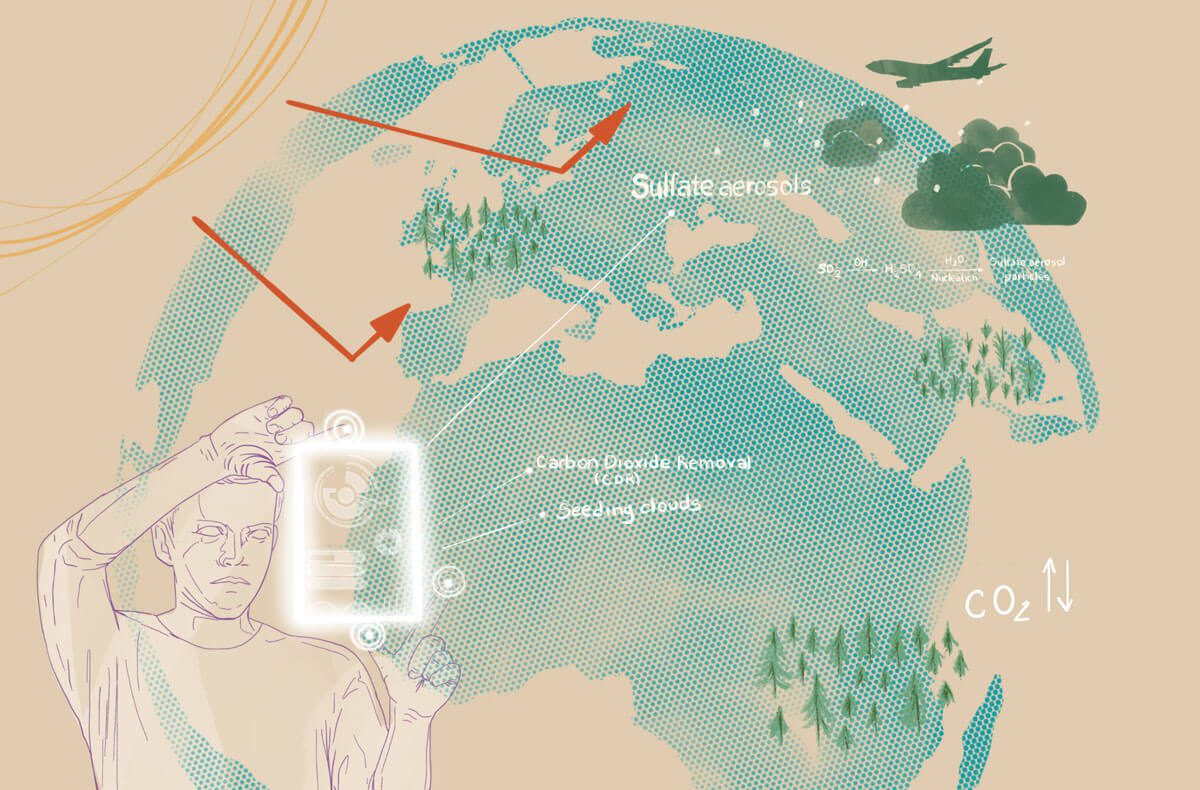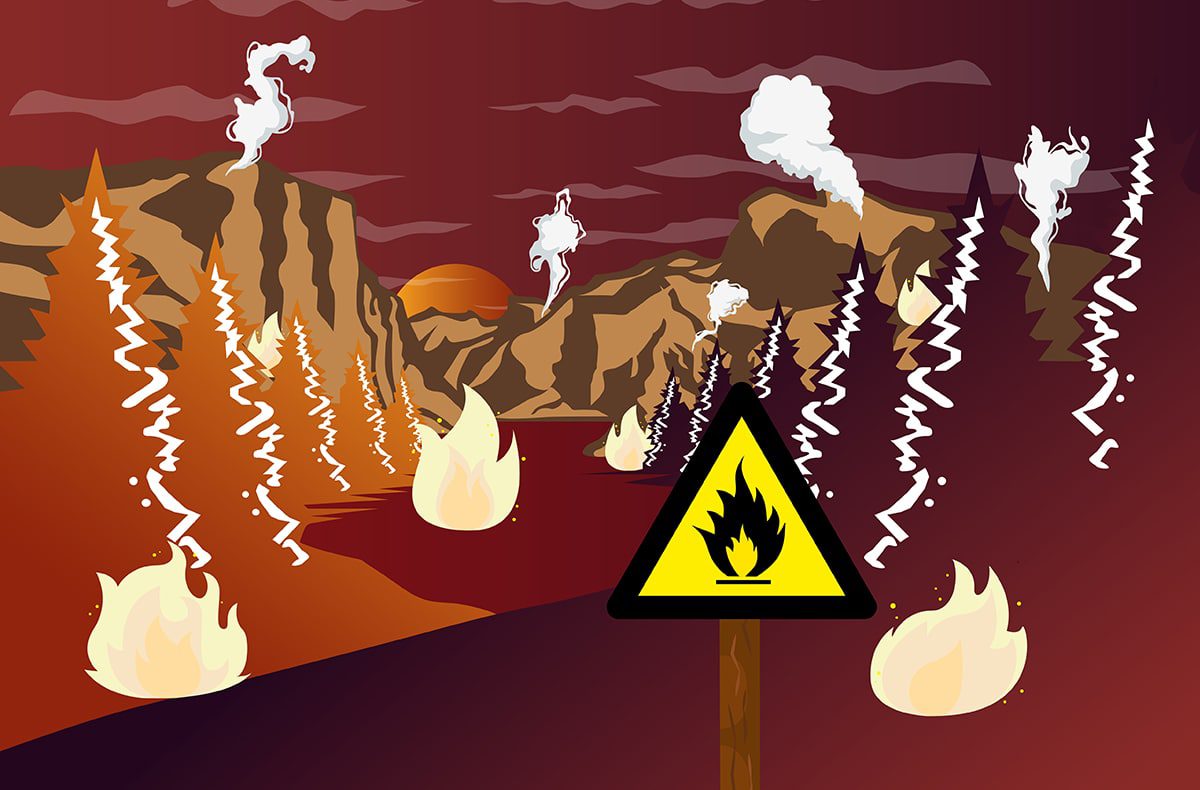
When Russian President Vladimir Putin greeted Xi Jinping in Beijing last week at the start of the Winter Olympics, it was more than just a political snub to Western leaders, who boycotted the games to protest China’s human rights abuses.
The meeting included a deal for Russia to dramatically expand the natural gas it sends across Siberia to China, signaling that the two new partners would help each other avoid energy boycotts in the event of their potential invasions of Ukraine and Taiwan, respectively.
As 2022 begins with the world staring at the two biggest military threats since the Cold War, a new weapon—tied to climate change—is suddenly in the arsenal of geopolitical calculations.
In Europe in particular, where some 35% to 40% of energy consumed comes from Russia, the idea of a gas shutdown in the middle of winter should Russia invade is even more terrifying than the takeover of Ukrainian territory itself. Indeed, a Ukrainian war could be the last territory war in two millennia of them in Europe, and the first energy war of the climate change era.
At the center of the intrigue is the Nord Stream 2 pipeline from the Baltic Sea to Germany. The pipeline was developed by Russia’s state-owned oil and gas conglomerate, Gazprom, and has been completed but not yet opened. US officials have sworn not to let it open in Germany if Russia invades, as concern rises that it would further make Europe hostage to Russian energy.
Even though Europe leads the world in the conversion to renewable forms of energy, such as offshore wind, solar, and electric vehicles, it still gets only about a third of its energy from them. Shortages of natural gas this winter have led many to reluctantly conclude that it is not yet ready to wean itself off of oil and gas, including Russian gas.
Putin used to send most of his natural gas to Europe through Ukraine, but he has diversified to a handful of other pipelines in the past decade. Nord Stream would be another step in that direction. But removing Ukraine from the calculations doesn’t take away the fact that the gas is still all coming from Russia.
Natural gas prices, already at record levels, are certain to shoot even higher should Russia invade, and with them oil prices, already at $90 a barrel. Carbon prices in Europe, also at record levels, would also rise more as fossil fuel companies buy carbon contracts to offset the extra oil and gas they are pumping.
But the same climate change threat that Putin is using to his advantage through his control of natural gas supplies also limits his strategic military options. If he waits much longer to invade, the weather in Europe will start to warm up, reducing its need for more energy and the economic leverage that Putin has over it.
And climate change must also worry Russian military planners on another front, as an unseasonably warm winter in Europe means Russian troops will have to slog through more mud in any ground offensive, instead of the frozen land they might have anticipated.
While Putin has stated several geopolitical reasons for why Russia might invade, and is also driven by other internal reasons tied to Russia’s history with Ukraine, keeping Europe addicted to Russian gas is still a major priority for him. It is his largest export, after all, and one that Russia’s small economy depends on to exist.
So, given the ramifications energy policy will have on any invasion itself, and most certainly in the world’s economic reaction to it, Putin’s decision will weigh on Europe’s battle against global warming in ways that Western leaders are only beginning to understand.



